charles goodman: montgomery county's mid-century architect
In the hills of Montgomery County, Maryland, sits a unique neighborhood with glass houses hidden between the trees. This is Hammond Wood, a neighborhood designed in 1949 by renowned architect Charles Goodman.
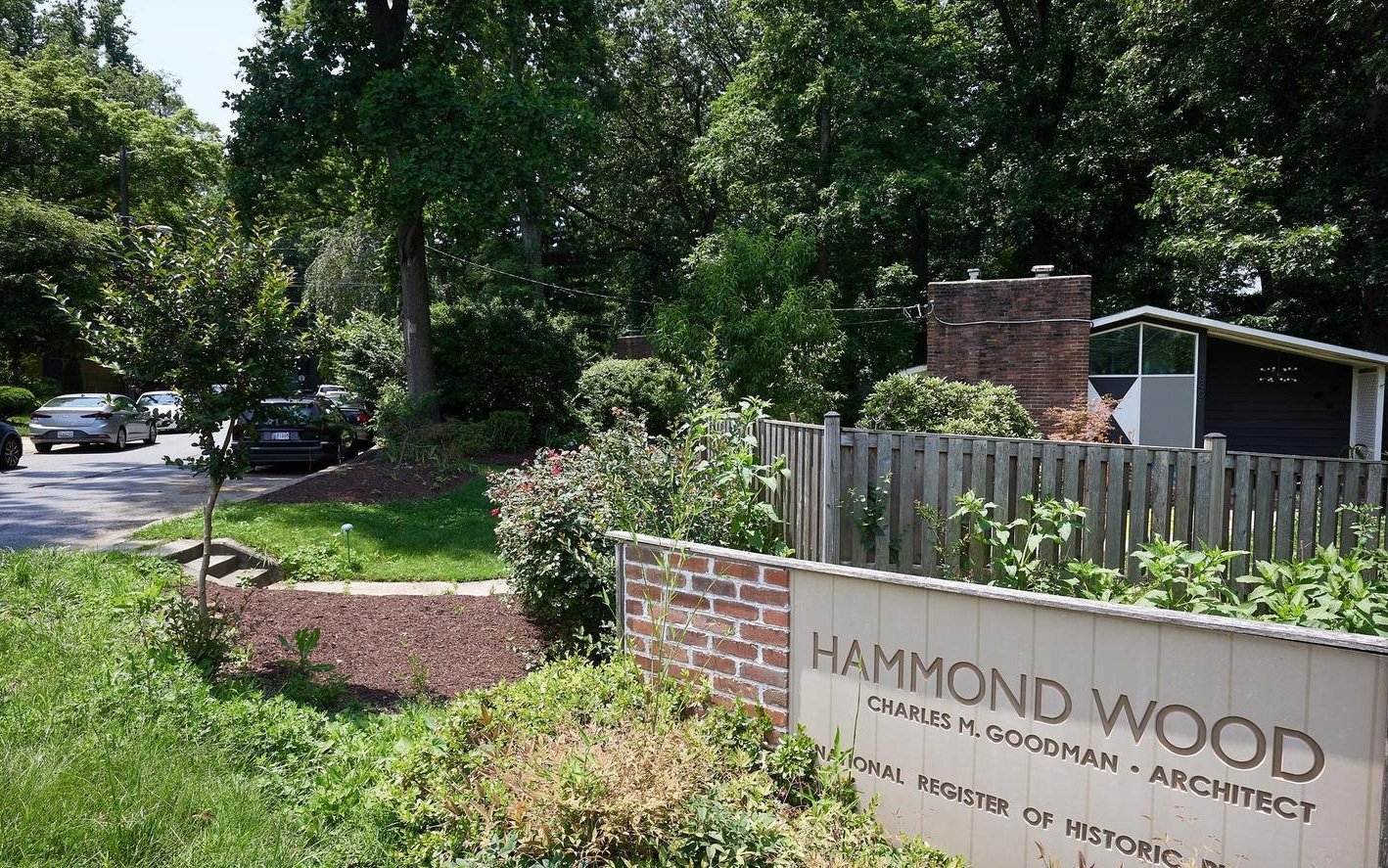
hammond wood
Charles Goodman is famous for his work in the DC suburbs on both federal buildings and in residential neighborhoods like Hammond Wood. This cluster of houses exemplifies many elements of Goodman’s style, especially how important it was to him to integrate houses with the land.
In Hammond Wood, the seven homes Goodman designed are angled for maximum exposure to the sun. Known for the unusually large glass panels found on many of his buildings, Goodman used glass to connect his houses to nature and bring in the most natural light possible.
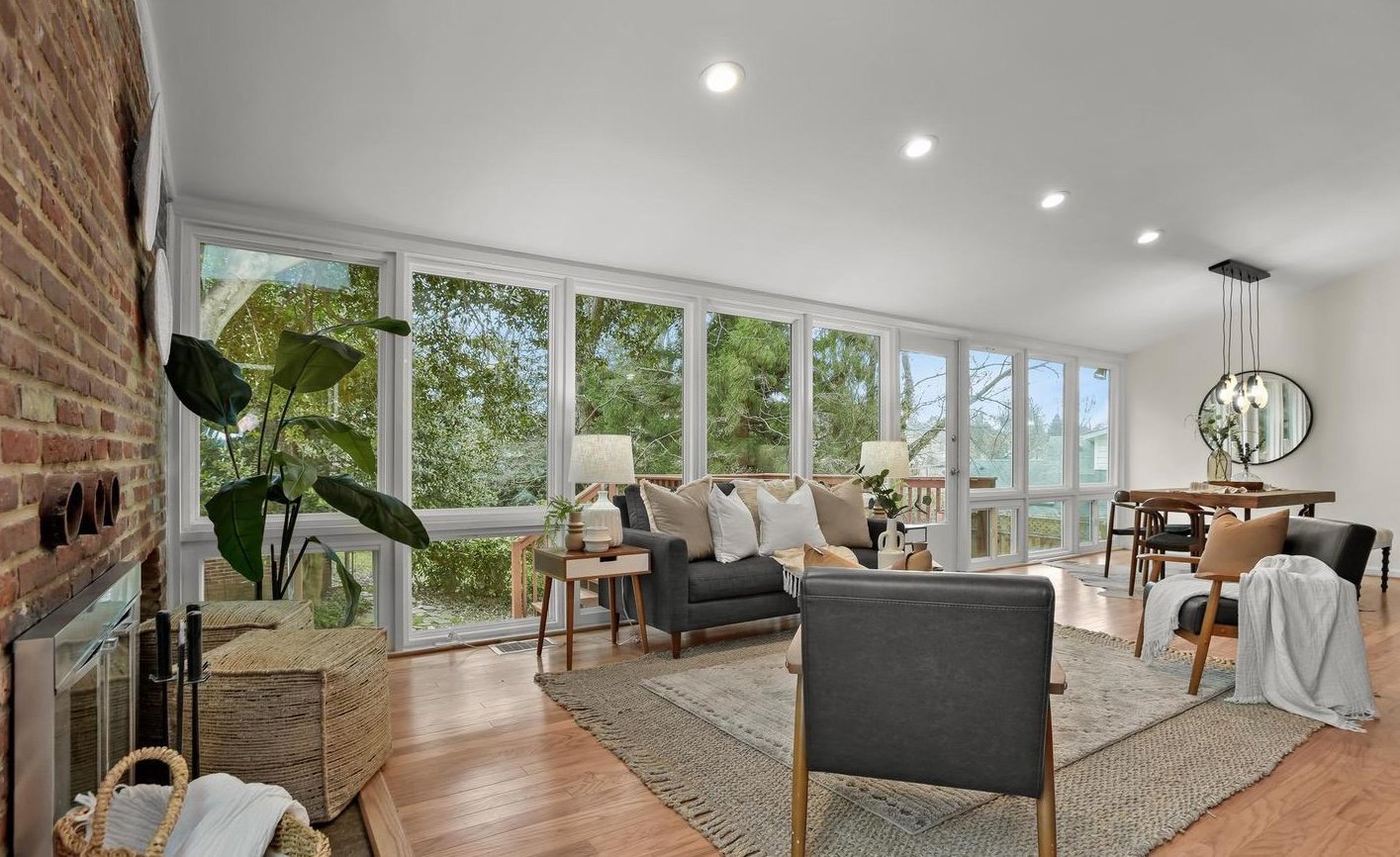
.jpeg?width=1399&height=842&name=GetMedia%20(5).jpeg)
Contextual design, the push to integrate buildings with nature, is a hallmark of mid-century design. As we’re mid-century inspired at Guerilla, we wanted to highlight Goodman’s work in today’s post.
charles goodman's government buildings
Before working on residential properties, Goodman became famous for his work on government buildings in DC. In the 1930s, he served as the head architect of the United States Treasury Department. There, he began transforming government buildings from the predominant neoclassical style typically used to a more modern style.
Before Goodman’s work, government buildings usually drew inspiration from Greek and Roman architecture. They often featured dramatic columns, blank walls, and domed roofs (think: the White House or the Supreme Court Building). Instead, Goodman’s buildings incorporated steel and concrete, which were unusual materials to use at the time. His buildings also used modular construction and repetitive design elements that would help streamline the expansion process.
Some of the most famous government buildings and neighborhoods Goodman designed were the National Airport in DC. and Army Air’s Transport Command, the Hollins Hills historic district in Alexandria, VA, and the Unitarian Universalist Church of Arlington, VA.

goodman's residential work
In the post-WWII housing boom of the 1950s, Goodman worked with the National Home Corporation to plan 100,000 prefabricated homes.
Why was Goodman interested in creating prefab homes?
One of his biggest missions as an architect was to help the middle class buy better homes for less money.
With prefab homes, the components of a house are manufactured in the factory and built there before being assembled at the construction site. This method of building is much more cost-effective than building from scratch, so people could buy an architect-designed home at a fraction of the usual price. This is an American phenomenon that began with the rise of the railroad industry in the late 19th century, when house components could be flat-packed and shipped by rail to new home developments around the county.
Goodman’s residential homes in the DC suburbs were also revolutionary because they didn’t use the popular neocolonial revival trend widely used in Virginia. He wanted to stay away from straight historical reproduction to create housing that reflected the needs of the modern family. WWII and the rise of the atomic age completely changed the American psyche. There was a desire to have housing reflect the future in lieu of honoring the past.
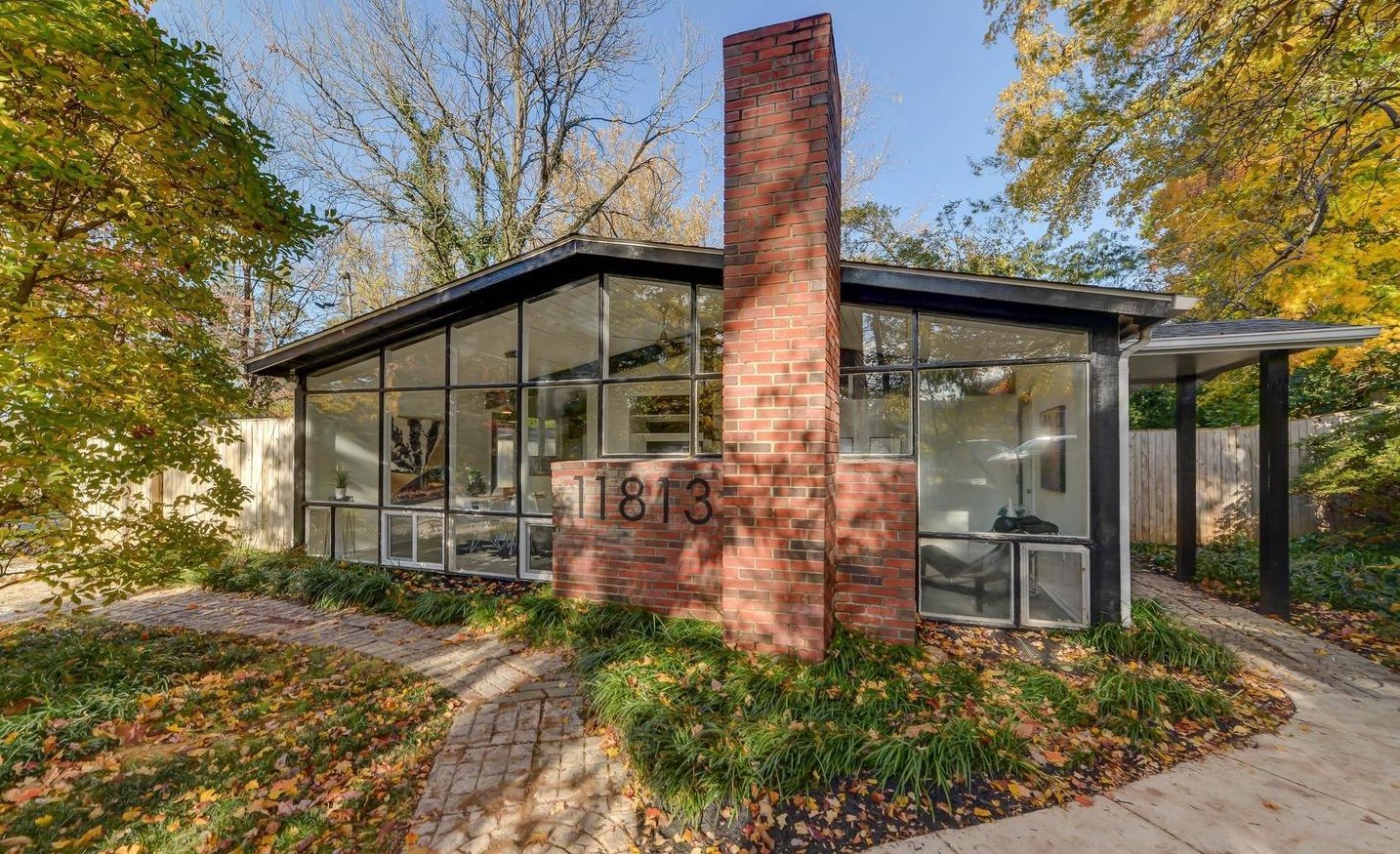
The homes he designed were not only affordable, but were integrated into nature in a way that was unusual for suburban areas. Charles Goodman received his architectural training in the 1930’s at the Chicago School of Architecture, and that would have included exposure to the philosophies of Frank Lloyd Wright. Like Wright, Goodman also used unusually large glass panels in his homes to bring in more natural light, which is something many modernist architects tried to accomplish. Only Frank Lloyd Wright was never affordable. Goodman had the audacity to want to reach larger audiences.
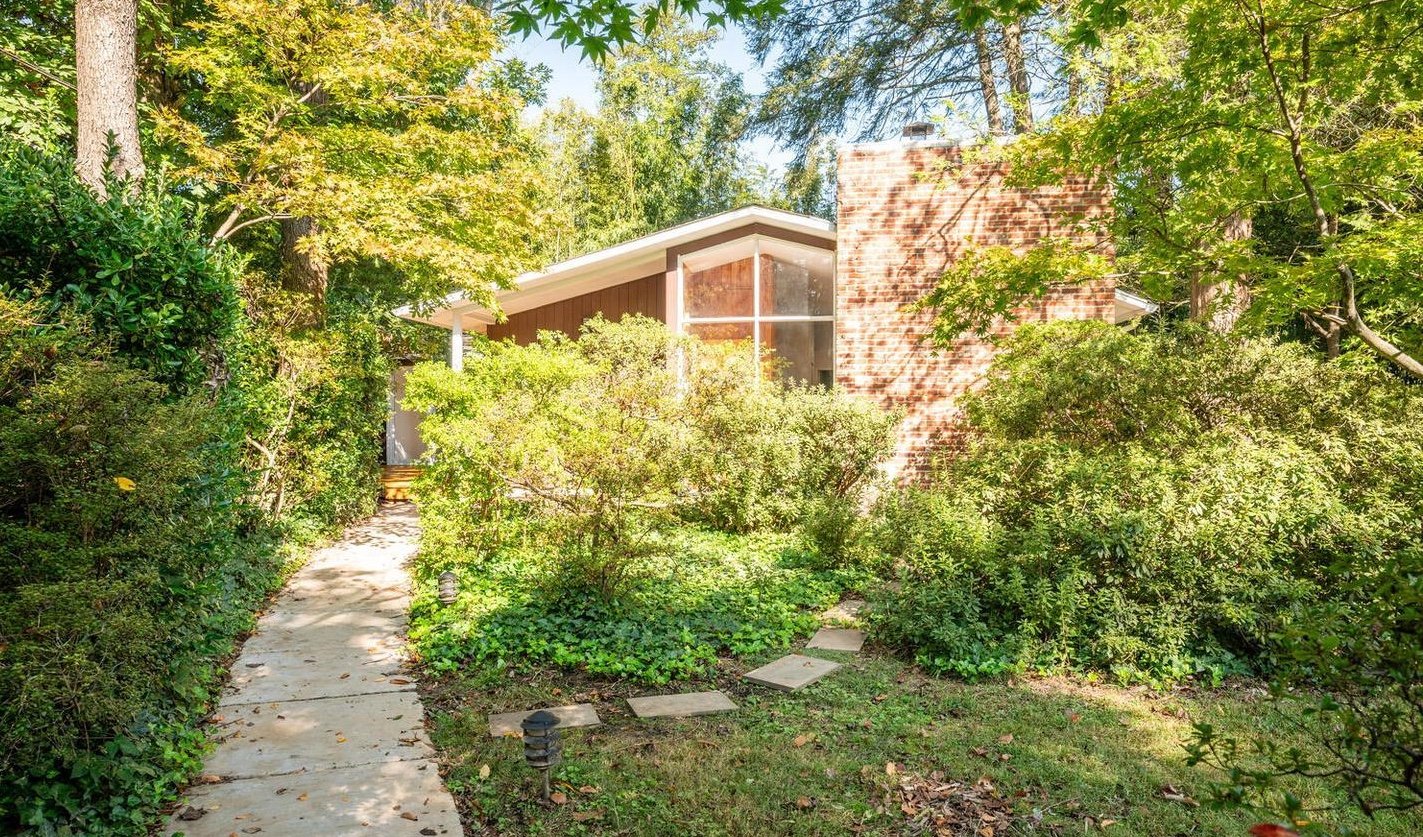
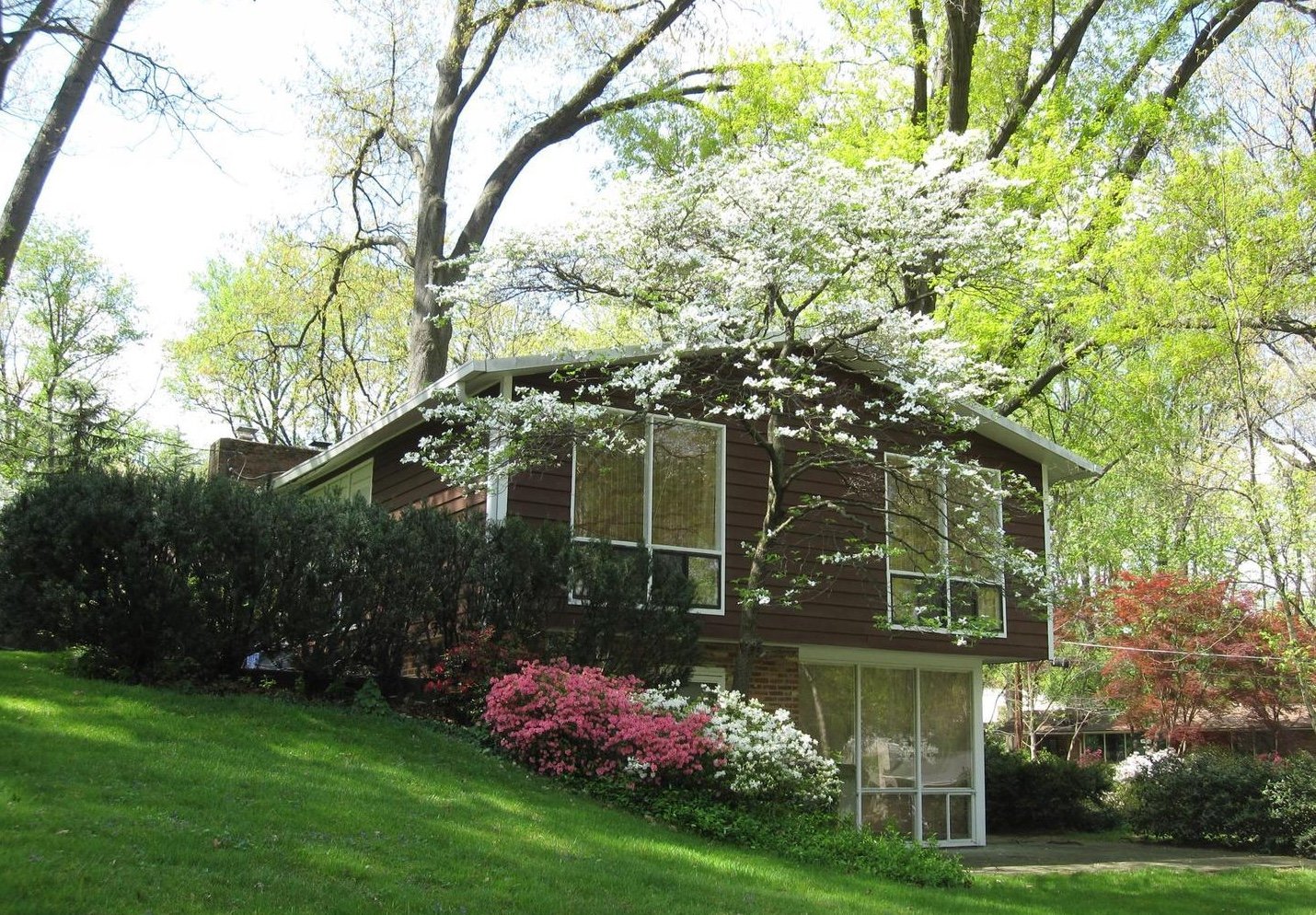
Today, Goodman is remembered for how his design choices and ideals shaped housing for the middle class. His use of fabricated materials and contextual approach to suburban landscape architecture was revolutionary, if not widely adopted during his time. Goodman was willing to put quality of life for the residents first and profits second. This is why his residential neighborhoods stand the test of time. They remain experience driven. Goodman didn’t just want to bring natural light into buildings, he wanted to create spaces that nurtured community.
Today the average American new home community typically features tract housing on a site with little to no landscaping apart from the storm water drain. Goodman’s designs still stand out and capture the attention of buyers with enhanced sensibilities. That’s not everyone, but it’s certainly our clients. Thanks to Charles Goodman, great space can enhance quality of life.
Share this:

